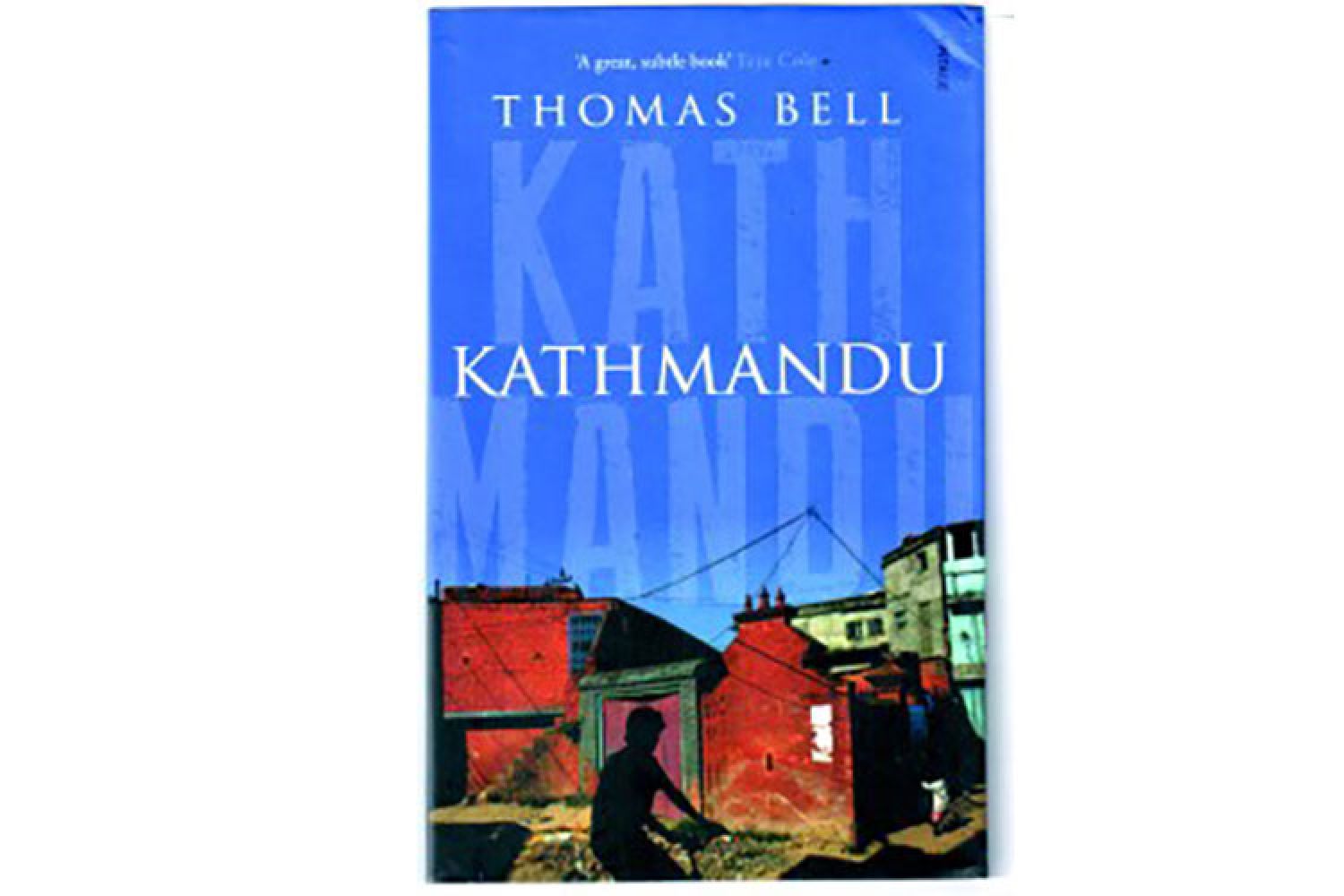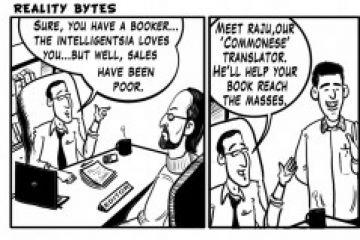
In Asia old objects are not generally considered beautiful
for their age, which is a peculiarly Western taste. New things are preferred,
so ancient wooden carvings are periodically touched up with colourful enamel
paints. The fabric of the temples is layered, as they are renewed with fresh
donations. When temples are rebuilt after an earthquake, which occur on average
about once a century, old pieces of carved timber might be reused even as the
structure is altered and worn out parts replac





